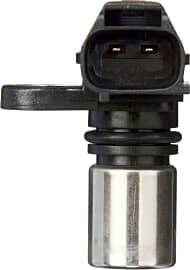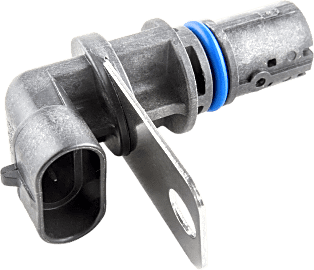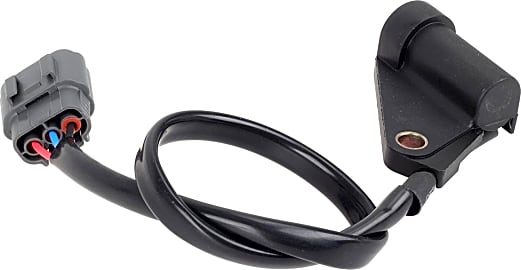The 6 Best Crankshaft Position Sensors

This wiki has been updated 23 times since it was first published in November of 2018. The crankshaft position sensor in modern internal combustion engines protects the motor from damage that is caused when the piston strokes are desynchronized from ignition and fuel injection timing. It sends information about the rotation angle of the crank to the control module, which compares it with information about the valvetrain to determine the ideal moment to inject and spark the fuel. When users buy our independently chosen editorial selections, we may earn commissions to help fund the Wiki.
Editor's Notes
June 11, 2019:
There are many good options out there for replacing a crank sensor. However, there are also many brands to look out for. The build quality is not always up to the standards required for longevity in a hostile engine compartment. Some bad signs to be on the lookout for are things like unprotected wires, messy soldering or silastic application, and rough casting marks and edges. While going with the cheapest option may sometimes seem like a good idea, a failed crank sensor can end up stranding you on a highway and result in a hefty tow bill along with paying for another sensor and additional labor to replace it.
After-market sensors like the Autex ZL0118221A and the AC Delco 213-354 limit the quality of their sensors to the quality of the original equipment that the engine comes with. Unfortunately, many car manufacturers cut costs by opting for inferior plastics that will serve as failure points through the life of the engine. Sensors like the Spectra Premium S10208 and the Beck Arnley 180-0735 are quality products that will ultimately save car owners time and money.
All in-depth repairs to cars, trucks, and engines should be performed by trained automotive technicians to avoid personal injury or damage to the engine.











